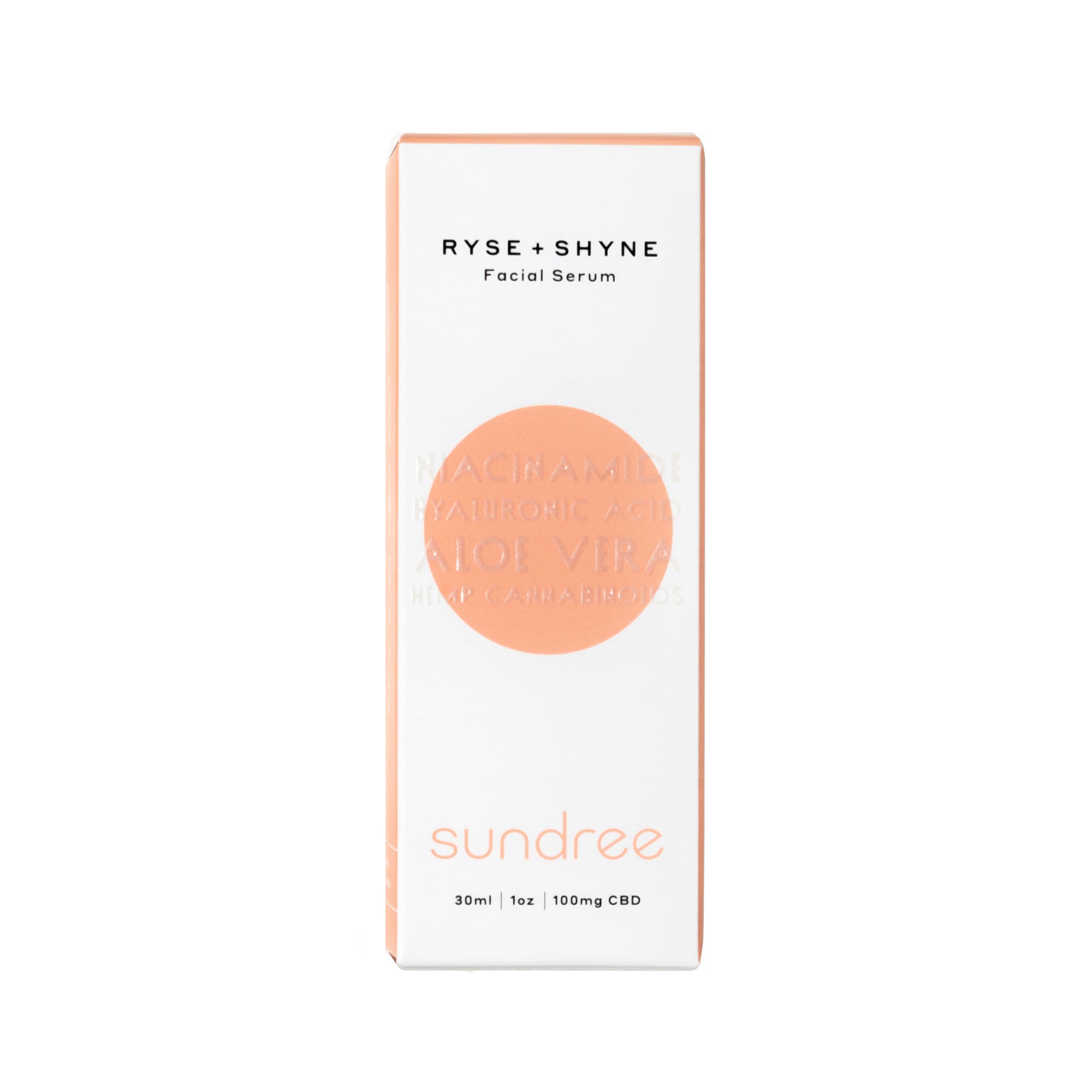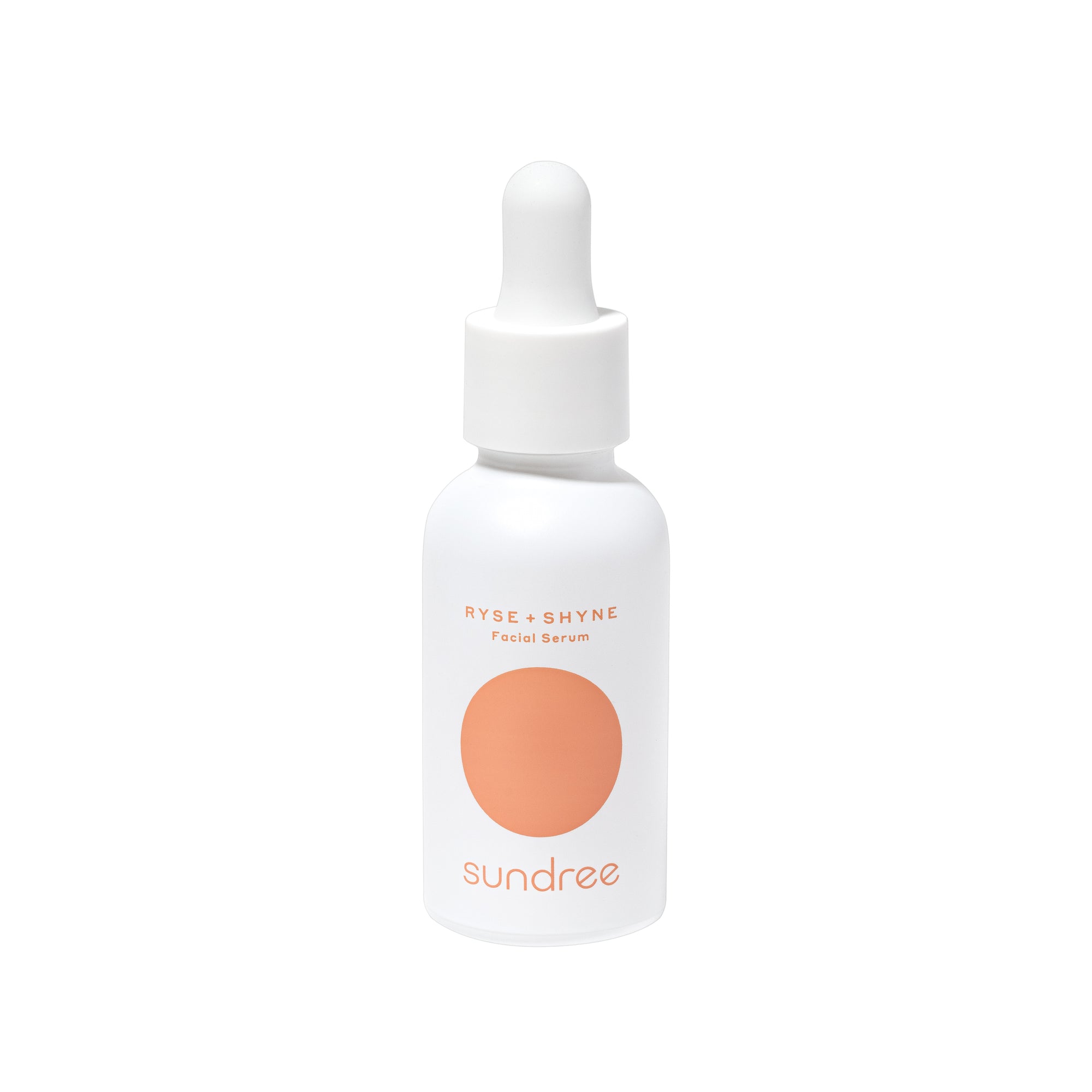With all the incredible inventions in the field of technology, the beauty and skincare industry has been revolutionized. Innumerable cutting-edge apparatuses, tools, and techniques have taken the skincare world by storm. So whether you’re struggling to fight and prevent acne, wrinkles, acne scars, hyperpigmentation, dullness, redness, or inflammation, you can find an array of skincare tools and technologies to help solve your skin problem.¹
While talking about the latest technological breakthroughs in the skincare realm, red light therapy (RLT) is one to know about. Red light therapy has gained popularity as a non-invasive clinical procedure used for various skincare purposes. Stay tuned to read about how red light therapy can be beneficial for your skin.
What is Red Light Therapy?
This treatment employs low-wavelength red light to help improve the appearance of the skin and treat numerous skin issues, such as acne, scars, wrinkles, redness, and discoloration. It is also often used to treat some skin conditions that cause irritation, redness, and scaling of the skin, including psoriasis and eczema.
Red light therapy is sometimes also known as low-level light therapy, soft laser therapy, photobiomodulation, biostimulation, cold laser therapy, and photonic stimulation. The technique is being widely explored through continuous research to understand the potential benefits and working of the red light in helping to improve the skin’s radiance, plumpness, and health.
The Evolution of Red Light Therapy
Initially, red light therapy was used by NASA to facilitate the growth of plants in space. The energy from red light-emitting diodes was used effectively to encourage photosynthesis and plant cell growth. The technique was further used to explore more potential applications and advantages of red light therapy.
The red light was seen to boost energy in human cells, proving useful in treating various health problems, such as the issues of decreased bone density, slower wound healing. Red light therapy has become known as a cosmetic technique to aid in achieving radiant, healthy, and firm skin.
How Does Red Light Therapy Work?
Studies on the mechanism of red light revealed that it works by initiating a biochemical effect inside the cells that fortifies the mitochondria. We are well aware that mitochondria are known as the powerhouse of the cell that generates all the energy needed by the cells. This energy is stored in the energy-carrying molecules in the cells called adenosine triphosphate or ATP. As red light therapy stimulates the function of mitochondria in manufacturing more energy, it leads to a higher production of ATP molecules. A higher level of energy inside the cells results in improved functioning of the cells, helping them renew and repair themselves faster.
The difference between other non-invasive procedures, especially laser treatments and IPL, is that those techniques trigger cell repair by inducing damage to the surface of the skin, while red light therapy doesn’t cause such damage. Red light therapy (RLT) works on a cellular level to accelerate cell repair from within the cells. This is why red light therapy is not harsh or abrasive on the skin and doesn’t come with downtime.
Skin Benefits of Red Light Therapy
As mentioned, red light therapy is a common and safe in-clinic procedure used to treat and prevent various skin problems. However, like any other light-emitting diode therapy, red light therapy carries its unique purposes and benefits for the skin. Here’s what red light therapy can do for your skin:
Reduces Signs of Aging - Red light therapy penetrates the cells and boosts the energy generated inside the cells, which leads to better metabolic functioning of the cells. Better cell metabolism means improved collagen and elastin synthesis for a firm and smooth-looking complexion.² Hence, one of the reasons to opt for red light therapy is to help minimize the appearance of saggy and wrinkled skin.
Helps Acne-prone Skin - One of the major roles of red light therapy, when used for skincare purposes, is to regulate the formation of sebum by the sebaceous glands. Those with an oily complexion might be familiar with the overproduction of oil in the skin. Moreover, excess oil in the pores can trap other pollutants in the pores and act as a breeding ground for bacteria, making your acne even worse. Red light reduces the likelihood of acne breakouts and the growth of acne-causing bacteria by reducing the amount of sebum released by the oil glands.
Accelerates Microcirculation - One of the reasons behind a dull and discolored complexion is a reduced supply of blood to the skin. Red light therapy can assist in restoring a prompter delivery of oxygen and nutrient-filled blood to the skin's surface, which helps revive dull and discolored skin. Furthermore, better blood flow also keeps the skin feeling and looking supple.
Soothes Inflammation - The calming effect of red light therapy comes from its ability to boost the skin’s natural healing process. As the red light therapy amps up the production of energy within the cell, it leads to faster repairing and regeneration of the damaged cells. This action helps reduce skin irritation, itching, and redness caused by acne, infections, and inflammatory skin issues. So, if you are frustrated due to the discomfort associated with acne, eczema, and other skin conditions, you may want to benefit from red light therapy.
Unlike many other clinical skin procedures and tools, red light therapy is considered safe on the skin, making it perfect for people with different skin issues and types. This is why red light therapy is a common alternative to more intense and invasive mainstream in-office procedures. In addition, red light therapy is sometimes used after chemical peels or microdermabrasion to decrease redness and discomfort.³ These pros of red light therapy make it a prevalent clinical treatment with minimal to no downtime and discomfort.
Are There Any Side Effects of Red Light Therapy?
Like any other skin procedure, it’s crucial to know if red light therapy has any risks and side effects. The treatment is generally considered gentle, painless, and safe. Nonetheless, there is always the probability of unforeseen negative effects, especially if you have sensitive or inflamed skin. To avoid these adverse effects, make sure to choose a qualified provider or dermatologist. One of the potential risks of red light therapy, although less common than lasers and other treatments, is damage to the eyes, which can be avoided by wearing protective eye gear.
That being said, red light therapy is usually seen as safe as it does not involve the use of needles or chemicals that can cause micro-tears or injuries to the surface of the skin. As a result, red light therapy is safer than other clinical procedures, and you can even do it at home using specialized at-home red light therapy tools.
Performing Red Light Therapy at Home
Many of you might consider investing in an at-home red light therapy device for several reasons. First, if you can’t get time to visit a spa or clinic, and you prefer to indulge in skincare at home, or are on a budget, you can find different good-quality devices online. Make sure you get your hands on an FDA-approved device designed for use at home. You may need more sessions than a professional treatment, but you can reach your goal with regular use of the device.
A red light therapy device is normally recommended as part of your skincare routine after cleansing the skin thoroughly. Hydrate and moisturize the skin after the treatment. Plan your at-home spa day to perform red light therapy and enjoy a smooth, firm, glowing complexion. For more severe skin issues, it’s preferable to visit your dermatologist and discuss your options.
Final Thoughts
Red light therapy is a type of LED light technology used for treating and preventing several skincare problems. The technology was originally used by NASA and has recently become buzz-worthy as an effective in-clinic skincare procedure.
This non-invasive procedure can improve the skin's tone and texture by accelerating the skin’s regeneration and repair process, calming inflammation, reducing dullness and treating scars. These skincare benefits of red light therapy have given it the reputation as one of the most sought-after clinical procedures offered by skincare specialists in spas and clinics. With the right device, you can also perform the treatment in the comfort of your home.
Citations:
- Brooklyn. (2021). ‘What is Causing My Acne’, Sundree, Accessed January 20, 2023. Available at: https://sundree.com/blogs/news/what-is-causing-my-acne
- Cherry, Renee. (2022). ‘What Is Elastin? Plus, the Skin-Care Benefits of Elastin Protein’, Shape, Accessed January 20, 2023. Available at: https://www.shape.com/lifestyle/beauty-style/what-is-elastin
- Mayo Clinic Staff. (2022). ‘Chemical Peel’, Mayo Clinic, Accessed January 21, 2023. Available at: https://www.mayoclinic.org/tests-procedures/chemical-peel/about/pac-20393473#:~:text=A%20chemical%20peel%20is%20a,to%20get%20the%20desired%20results.













